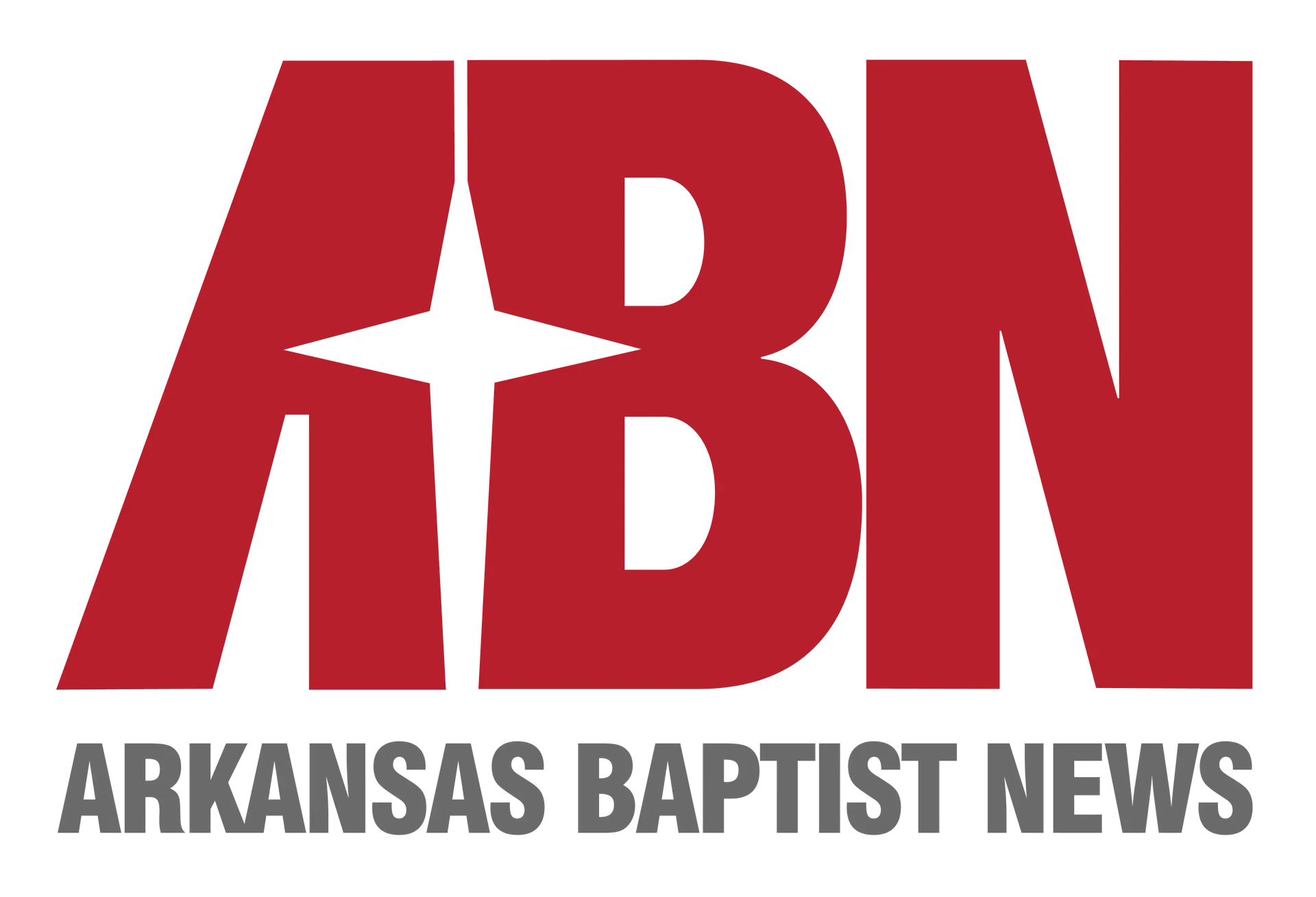
EDITOR’S NOTE: C. Ashley Clayton is executive director for church affiliation with the Southern Baptist Convention Executive Committee. Sunday (April 26) is Cooperative Program Sunday in the Southern Baptist Convention.
NASHVILLE (BP) — The overall impact of the coronavirus pandemic in our communities, in our nation and around the world has yet to be assessed. Across the Southern Baptist Convention, the experience of the past few weeks has brought every pastor, every church, every church leader, every church planter, every missionary and every SBC entity to a coronavirus crossroads.
There’s no small amount of discussion and opinion about possibilities and outcomes. In our conversations, blogposts, tweets, FB posts and zooms, we seem to land at the same intersection, with the same questions: Which way do we go from here? How do we get back to normal?
But here’s a better question: What does the new normal look like?
In the new normal, pastors and churches are far less hesitant about enlarging their digital footprint and moving online.
Many Gen Z pastors, Millennial pastors and Gen X pastors (and even many Boomers) see these recent changes in how we do church as pivotal. Moving online has reached new marketplaces, new audiences, new people and new families who have never before attended their church. In the new normal, these churches have discovered new ways to connect with their communities, new ways to share how the Gospel transforms lives.
In two recent panel discussions via zoom calls with several hundred young Southern Baptist pastors and church leaders, incredible stories surfaced, including indications that some churches were reaching exponentially higher numbers through online formats than they had previously. As one young pastor said:
“Look at it like this: Every ‘like’ you get online is the equivalent of checking ‘present’ at some event at church. … This is your church in the new normal. … Every church now is a multi-site church. … Your YouTube channel, your Facebook page, your church website, your Instagram and your twitter feed — these are your online church buildings, where people are showing up! I’m really motivated now about video chats and tweets. …”
In the new normal, finances and giving are not so much a concern as a challenge. Even after we begin meeting again in person, elements of social distancing will likely be practiced. Handling offering plates and envelopes and checks will present a challenge and will probably require adjustment.
But LifeWay Generosity reported that in the first three weeks of March, more than 2,000 churches launched free, customized online giving pages. Anecdotes have surfaced of churches reporting stable giving, as well as stories of increased giving through online giving portals. The coronavirus crisis presented a “tipping point” to make this happen.
What’s playing out right in front of us during the pandemic is a long-held, time-tested and proven guiding principle: “We can do more together than we can do alone.”
The SBC was originally built around a vision of how independent churches could partner together to make disciples at home in North America and in every nation around the world. For the last 175 years, Southern Baptists have been refining their systems and resourcing their entities (12 national entities, 41 state conventions, and 1,100 local associations).
Throughout our history, Southern Baptist churches have faithfully given through the Cooperative Program in support of SBC missions and ministries. To this day, Southern Baptist churches give continually, consistently and sacrificially in order to advance the Gospel into the whole world.
Today, 47,500 Southern Baptist churches are experiencing amazing advances in the Great Commission and how the Gospel of Jesus Christ is transforming lives. Whenever it arrives and whatever it is, the new normal will see Southern Baptist churches taking full advantage of an amazing network of worldwide missions and transforming ministries, all of which are fueled and resourced through Cooperative Program gifts.
When your church posts a link to a NAMB video, a SEND Relief video, a church-strengthening conference or an IMB video, or when your church website offers online theological training through one of the SBC’s six seminaries, or when a Good Friday SBC Online Prayer Gathering is on Facebook Live, or when a Who’s Your One testimony is tweeted by a pastor in Georgia, your church’s mission gifts through the Cooperative Program are on full display.
Consider: In the new normal, like-minded, evangelical, non-Southern Baptist churches will be standing in line, wanting to lock arms with the SBC! It’s already happening, and when I ask the pastor of a newly affiliated SBC church, “What is it that brought your church to the SBC?” The answer is always the same.
“Well, besides the fraternity of brothers and partnership in the Gospel,” they’ll tell me, “at the end of the day nobody does evangelism, church planting, international missions, theological education, church revitalization, prayer or has a Gospel voice in the marketplace like Southern Baptists!”
While our Southern Baptist theology, convictions and core values don’t need to change, we should recognize the coronavirus crisis has given us a fresh perspective. It has cast a light on what we were doing. It has exposed shortcomings in some of our strategies and activities. And at the same time, it has provided us new avenues to continue the same mission in the new normal.
This article was originally published by Baptist Press at bpnews.net

